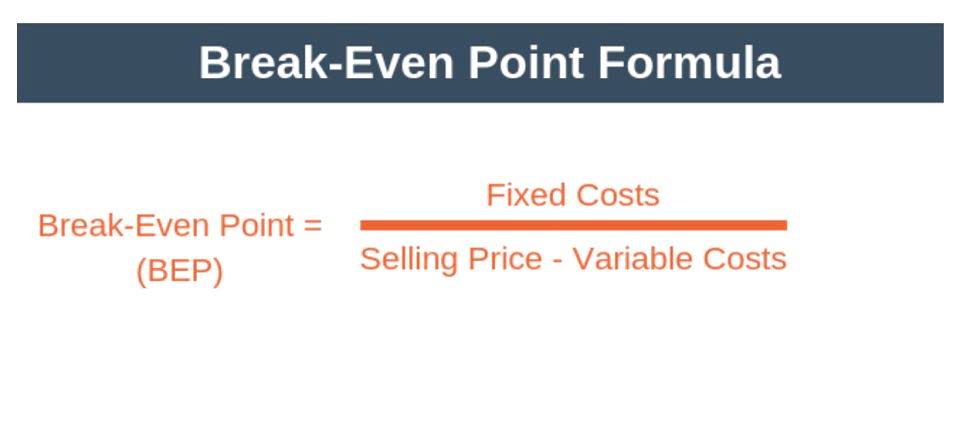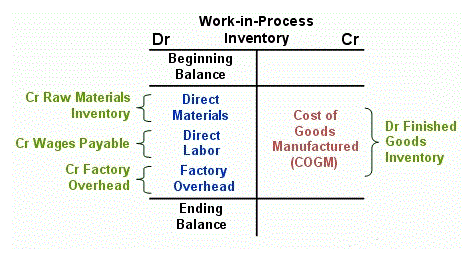
Depreciation is thus the decrease in the value of assets and the method used to reallocate, or «write down» the cost of Partnership Accounting a tangible asset (such as equipment) over its useful life span. Businesses depreciate long-term assets for both accounting and tax purposes. The decrease in value of the asset affects the balance sheet of a business or entity, and the method of depreciating the asset, accounting-wise, affects the net income, and thus the income statement that they report. Generally, the cost is allocated as depreciation expense among the periods in which the asset is expected to be used. You’ll use an average cost per unit rate to the total units the machinery or equipment generates each year to determine units of production depreciation costs.
- Therefore, useful life of an asset under Units of Production Method is stated in terms of production output or usage rather than years of service.
- Consider consulting with an accountant or financial professional for guidance on properly recording and reporting depreciation expenses in your financial statements.
- When evaluating the unit of production method against other depreciation techniques, it’s important to consider the specific circumstances and needs of a business.
- Depreciation ceases when either the salvage value or the end of the asset’s useful life is reached.
- Next, let’s dive deep into the units of production depreciation method.
- He has been the CFO or controller of both small and medium sized companies and has run small businesses of his own.
How to Calculate Straight Line Depreciation
On the other hand, the straight-Line method is favored for its simplicity and uniform expense distribution over an asset’s useful life, which can be ideal for office furniture or buildings. Then use the depreciable cost per unit to multiply with the units produced by the fixed asset during the period. Likewise, the company can calculate units of production depreciation after it has appropriately measured the output as a result of the fixed asset usage during the period. Once the total production capacity is determined, the next step involves calculating the depreciation expense per unit of production. This is done by dividing the depreciable base of the asset—its cost minus any residual value—by the total units of production depreciation estimated production capacity.
Accounting concept
What conspired this was that multiple large refineries overestimated their well’s lifetime value and underreported their depreciation. As a result, they could artificially create a scenario by using the unit of production depreciation method and maximize their profits in turbulent times like these in the industry. The unit of production depreciation method applies to manufacturing assets where idle time is less and production is efficient. Nowadays, this method is more popular in determining the efficiency of an asset.

Depreciation Expenses: Definition, Methods, and Examples

This rate will be calculated as the ratio of the asset’s entire cost, less its salvage value, to the projected number of units it will create throughout its useful life. Units of production depreciation is one of four types of depreciation you can use for managerial accounting purposes. This depreciation method helps you calculate how to reduce the value of a fixed asset in your business based on the number of units it produces in a given period of time. The modified accelerated cost recovery system (MACRS) is a standard way to depreciate assets for tax purposes. For manufacturing companies that employ assets to create output, units of production depreciation may be highly useful.
- This can create challenges in financial planning and budgeting, and companies may struggle to predict future costs accurately.
- These examples shall give us a practical overview of the concept and help us understand its ebbs and flows.
- From an accounting perspective, the UOP method ensures that the expense recognition principle is closely adhered to, matching expenses with revenues in the period in which they are incurred.
- The Units of Production (UOP) method is a way to calculate depreciation on assets that is directly tied to their usage or output, rather than the passage of time.
- The new Accumulated Depreciation total then moves to the Balance Sheet where it shows the total reduction in the assets value from the time the asset was purchase.
- And you also know a properly maintained WidgetMaker 3000 is expected to produce 90,000 Widgets during its lifetime.
And you also know a properly maintained WidgetMaker 3000 is expected to produce 90,000 Widgets during its lifetime. With sales taxes, delivery fees, and setup fees, the total of your WidgetMaker 3000 purchase comes to $11,500. You’ll want to track the depreciation for each year the equipment is in use.

Costco Business Credit Card: Pros, Cons, & How to Apply

There have been changes in the regulations for using a unit of production depreciation calculator. An retained earnings balance sheet asset acquired on 5th Jan at the cost of $ has estimated the use of hours. It provides depreciation for each asset based on its production efficiency.
What is the Units of Production Method?
Net Book Value is calculated by taking the cost of the asset and subtracted the accumulated depreciation. Sum-of-years-digits is a spent depreciation method that results in a more accelerated write-off than the straight-line method, and typically also more accelerated than the declining balance method. Under this method, the annual depreciation is determined by multiplying the depreciable cost by a schedule of fractions. Depreciation is a fundamental concept in accounting, reflecting the gradual reduction in value of an asset over time. Among various methods to calculate depreciation, the unit of production method stands out for its unique approach. To keep track of all assets, you’ll also need to construct depreciation schedules.


